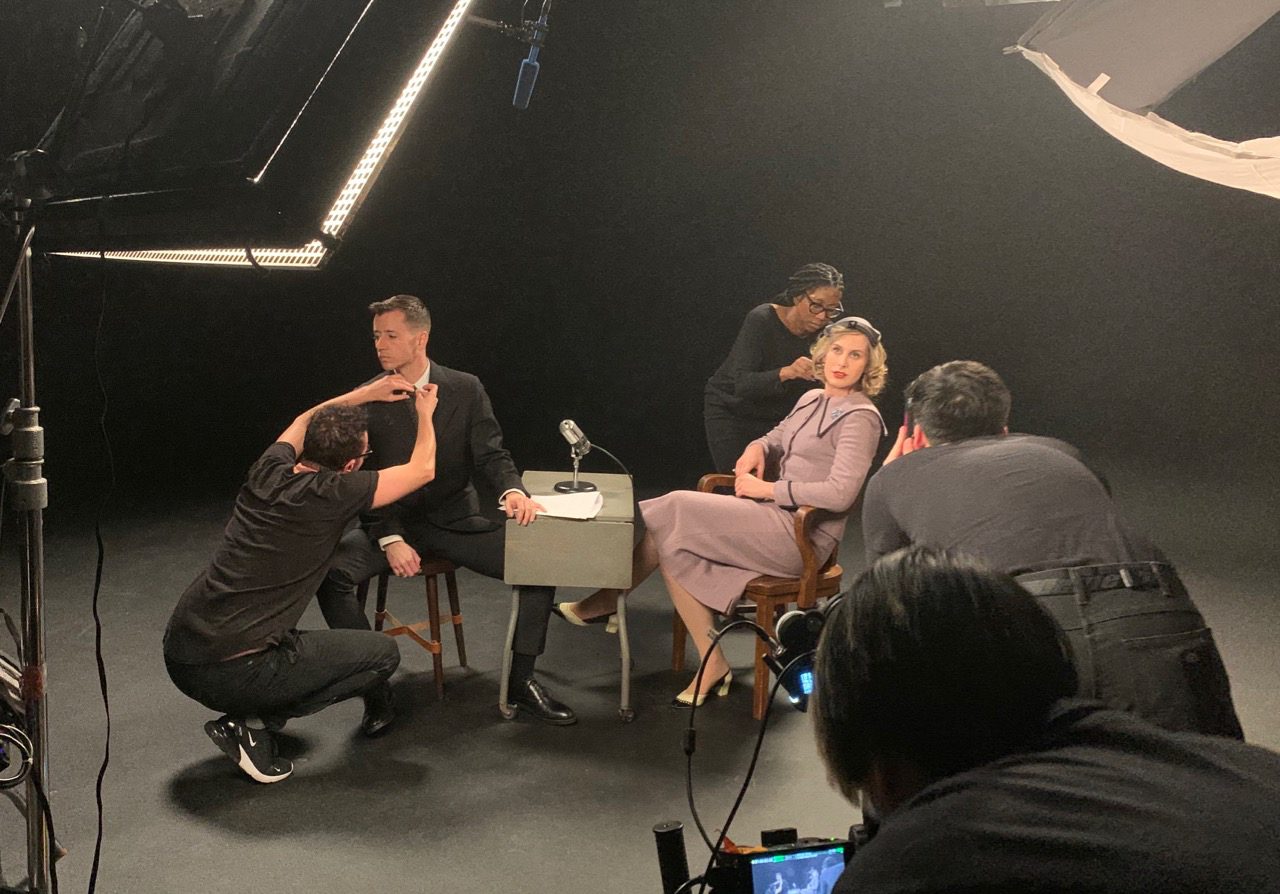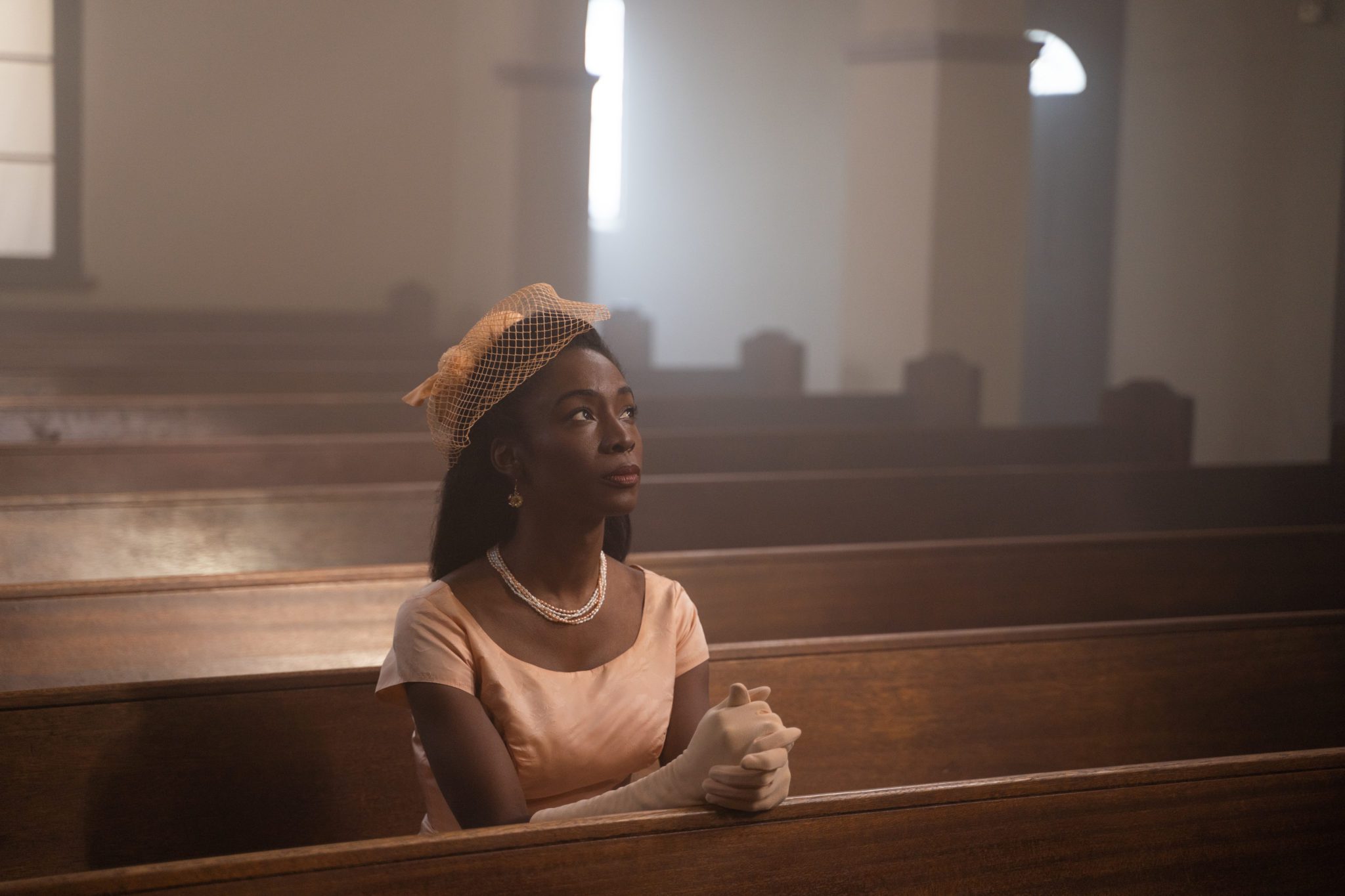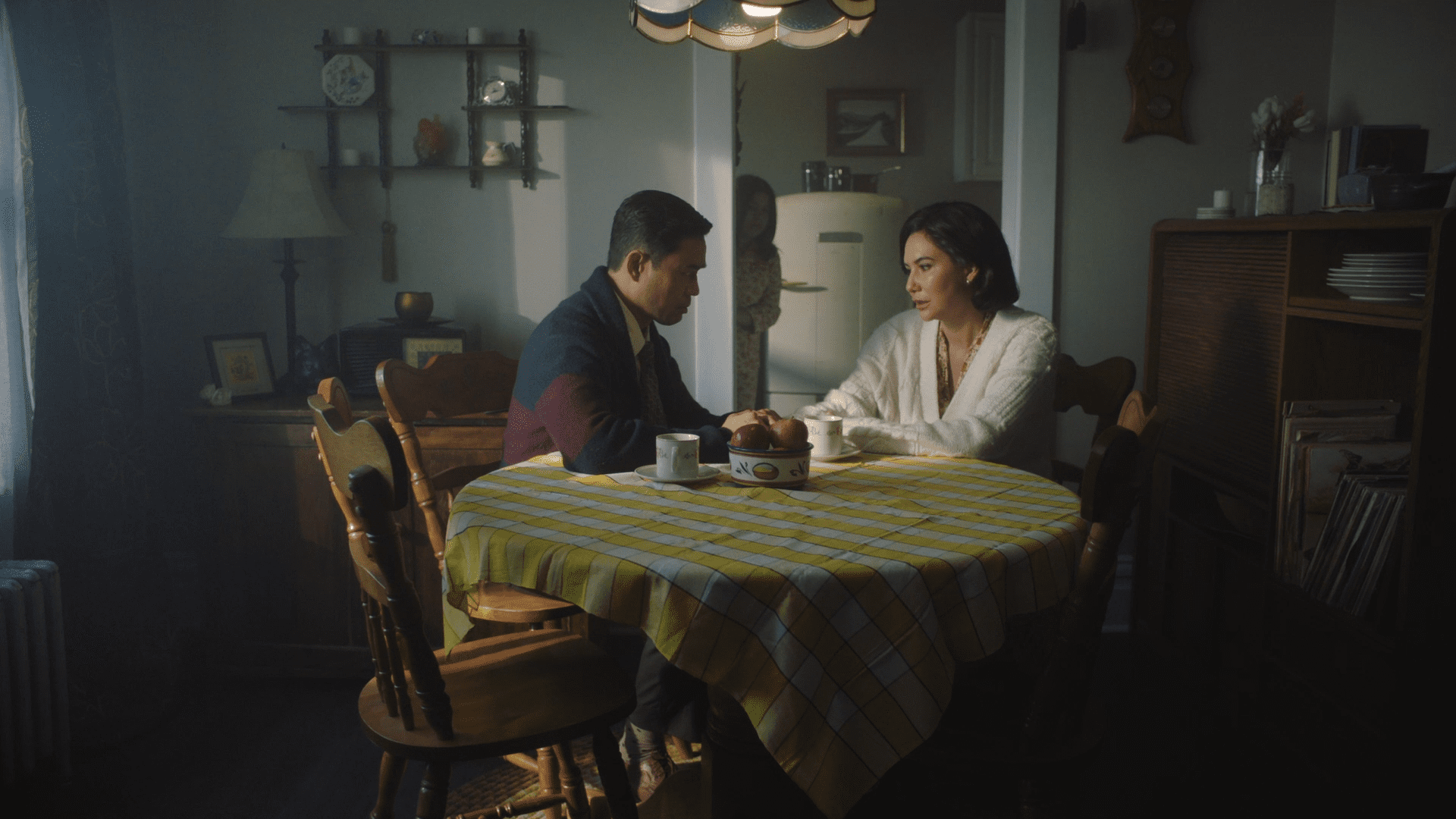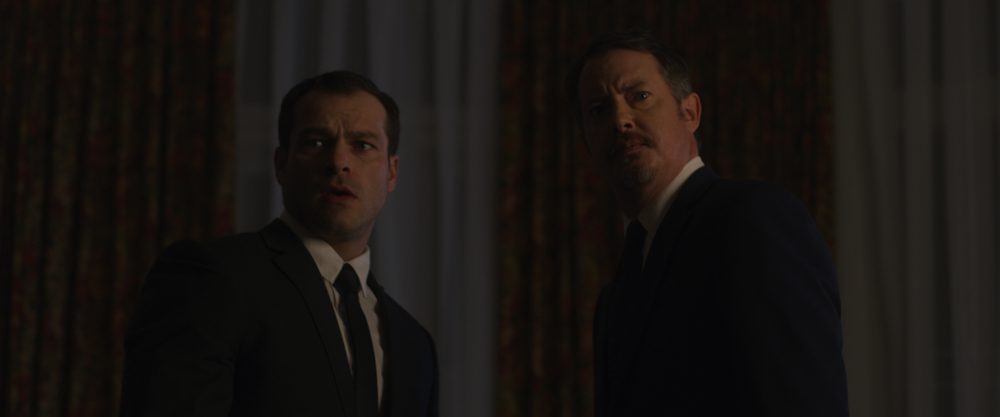
Using clever re-enactments,?Framing Agnes?uncovers the stories of the trans community in the late 1950s-60s. Using actual case files from UCLA Sociologist Harold Garfinkel (played here by Chase Joynt), the film uses a black-and-white classical format to recreate his research regarding gender health. Beginning with Agnes (Zackary Drucker), the film invites other trans actors to participate and bring these men and women to life.
Directed by Joynt,?Framing Agnes?is a witty yet poignant documentary about the journey of the trans community from the 1950s to today. Beginning with the story of Agnes, the film reminds the viewer of culture?s fascination with gender transition at a time when such conversations were essentially forbidden. (At one point, Agnes is even compared directly to Marilyn Monroe for their beauty and ability to hold the attention of the general public.) However, as much as her personal journey frames the conversation, she is not its focus. Instead,?Framing Agnes?tells a story that extends far beyond one woman, sparking numerous stories of those who have found themselves the objects of scorn, ridicule and misunderstanding at the hands of others.

What makes the film most unique though is its talk show style. Arguing that this structure frames itself as a battle between interviewer and subject, the film recognizes the struggle for the trans population to be heard. In doing so,?Agnes?emphasizes the questions that are being asked by a culture that does not understand the story of those in the trans community. This is particularly well illustrated by ?Garfinkel? himself who, while asking questions that may seem insensitive, speaks on behalf of those outside the community. With each inquiry, Garfinkel shows his inexperience with the trans world yet he seems to genuinely be trying to gain a window into their lives. But, in the process, his subjects grow increasingly frustrated. After all, Agnes and the rest wish that they were not constantly being asked to explain themselves yet they also feel compelled to answer them.?
When asked how she ?justifies the lies?, Agnes retorts, ?How do you justify your questions??
And Agnes uses this frustration to launch into a fascination conversation about the relationship between story and storyteller. With each tragic tale of the trans population from the 1950s, 60s and today, the viewer is reminded that the larger cultural narrative has been shaped by the white, heteronormative lens. This framing becomes particularly clear as the film tells the story of one member of the black trans community. As she tells her story of struggle, the film reminds us that the battles that they had to fight were more than solely gender-based. Instead, questions about the black identity and racial discrimination also infiltrate their conversations about their identity. Here, the viewer is reminded of that toxicity and prejudice frequently begin with those who have set the standards for normativity to look like themselves.

In Framing Agnes, we are reminded that the clarity of the picture depends on the photographer.
Caught between the ?space of truth and lies?, the trans community simply wants to be acknowledged and valued. Left looking for acceptance, they speak patiently to those who find it difficult to comprehend them. (?There?s something that we?re searching for that?s bigger than us,? the film states.) In this way, there?s a certain beauty about Framing Agnes that, as gender roles continue to be discussed, so too are we being called to greater awareness of one another. Because although the Framing begins with Agnes, there are many others who reside outside of the picture?s focus.
Framing Agnes is available in theatres on Friday, December 9, 2022




